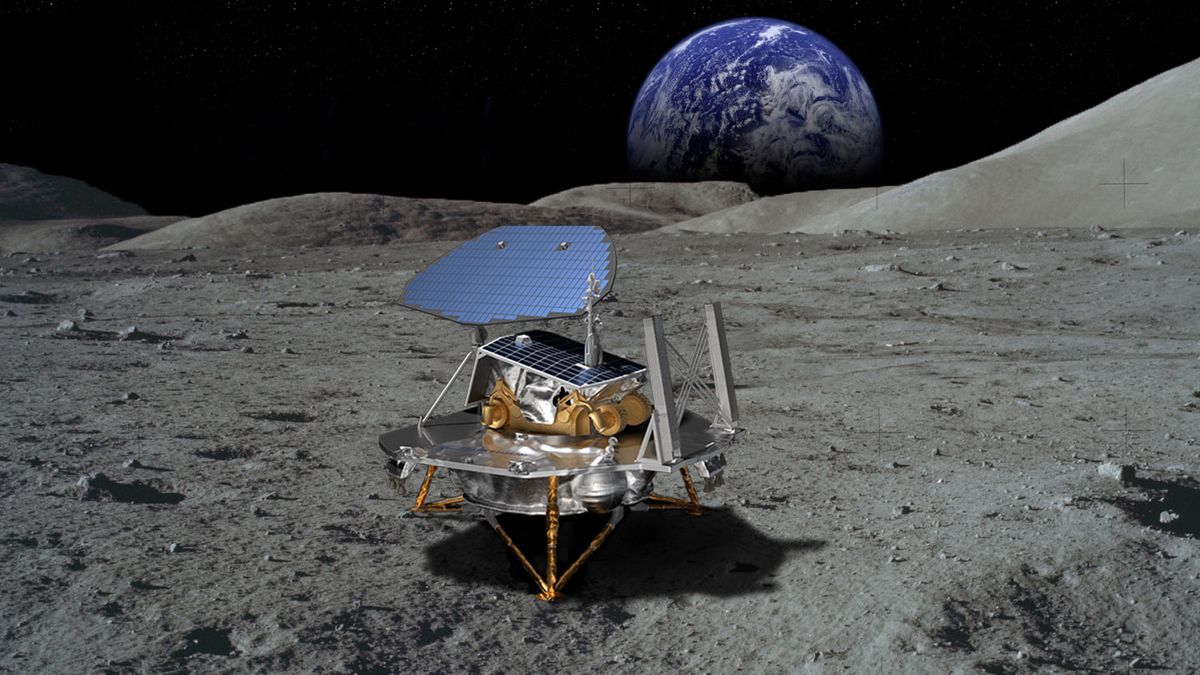Why a Physicist Wants to Build a Particle Collider on the Moon

NASA recently launched the Commercial Lunar Payload Services (CLPS) initiative whose aim is to find the best future payloads to deliver to the surface of the moon. These payloads would include instruments for basic science investigations. Shown here, a Lockheed Martin space concept for a commercial lunar lander.
As we probe deeper into the innermost workings of the universe, our particle physics experiments have become ever more complex. In order to reveal the secrets of the tiniest subatomic particles, physicists must make colliders and detectors as cold as possible, remove as much air as possible, and keep them as still as possible to get reliable results. So at least one physicist is asking: What if we just skipped all that and set up our particle physics experiments on the moon?
A proposal published to the preprint database arXiv earlier this year argues that the moon is actually a pretty decent place to do high-energy physics.
Source: livescience.com